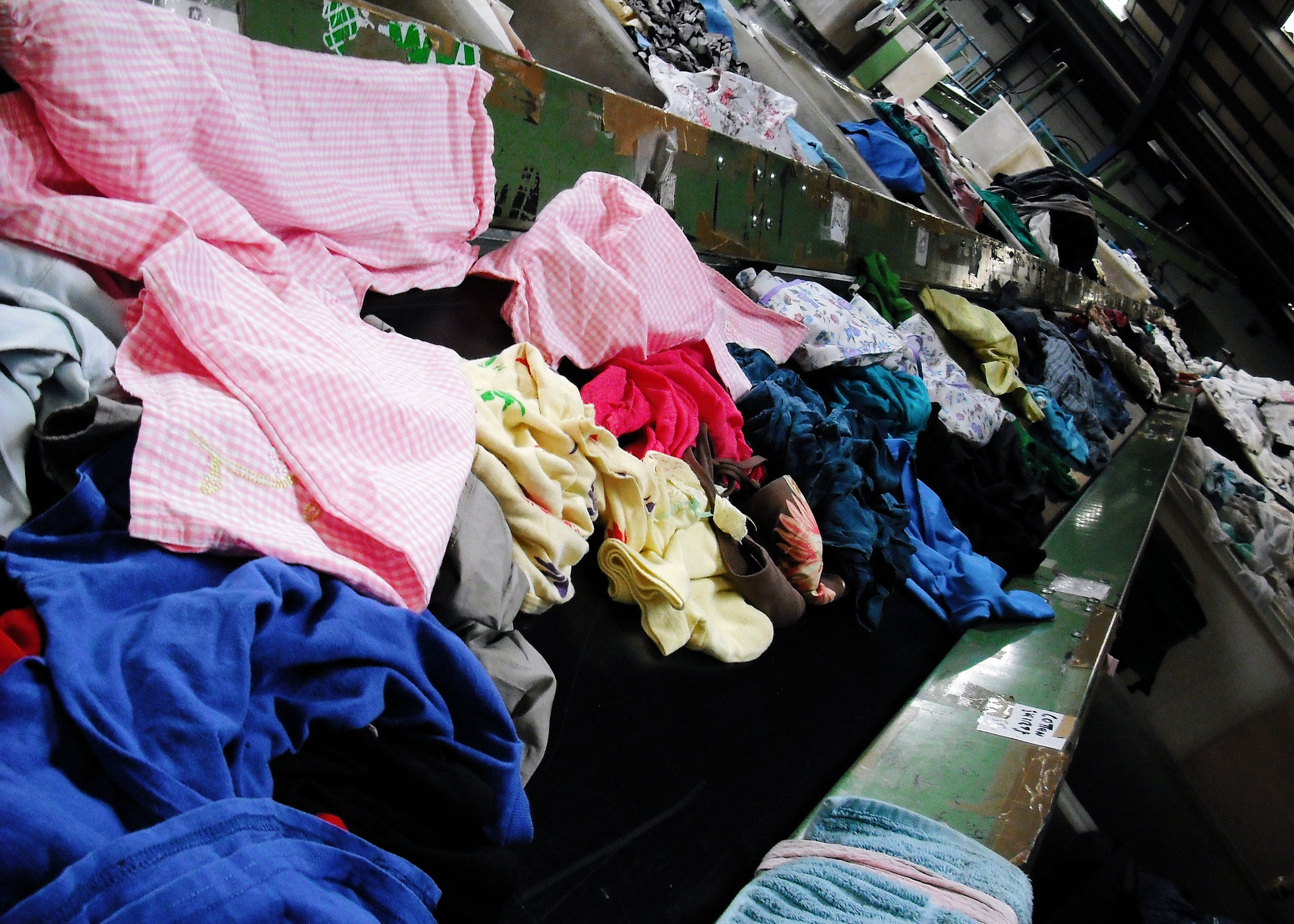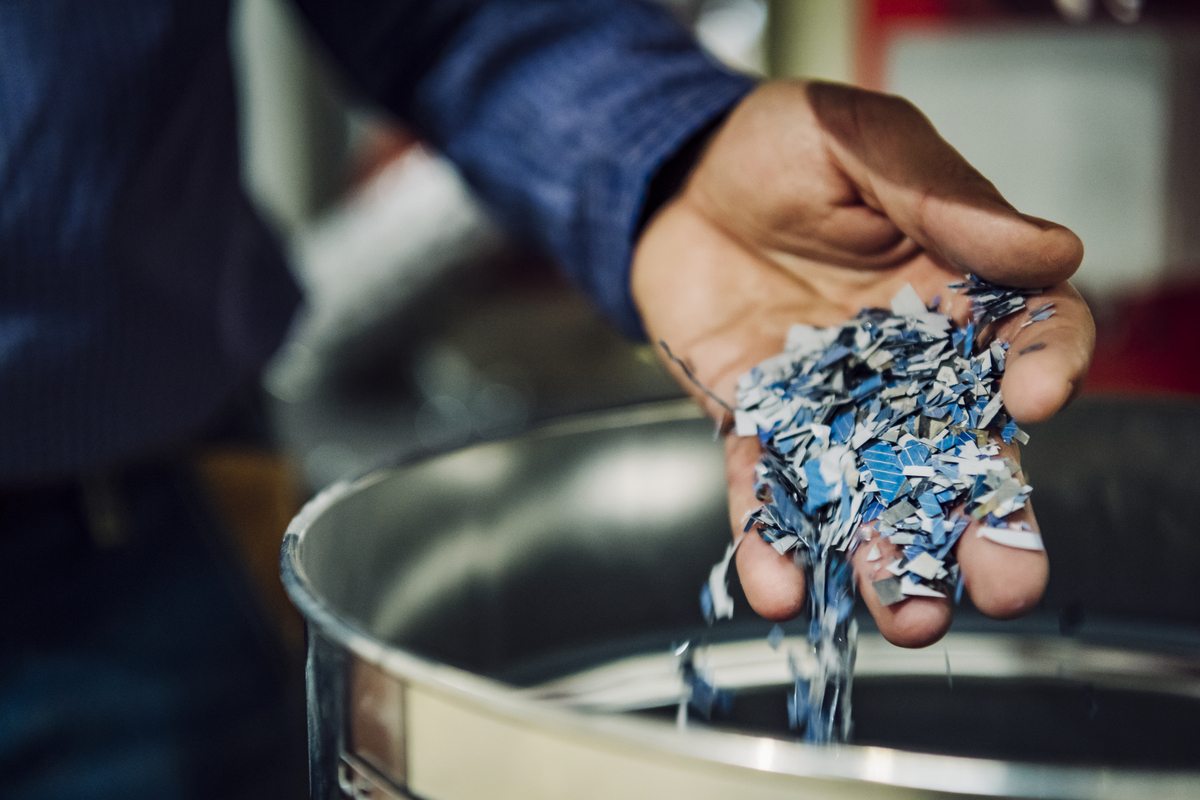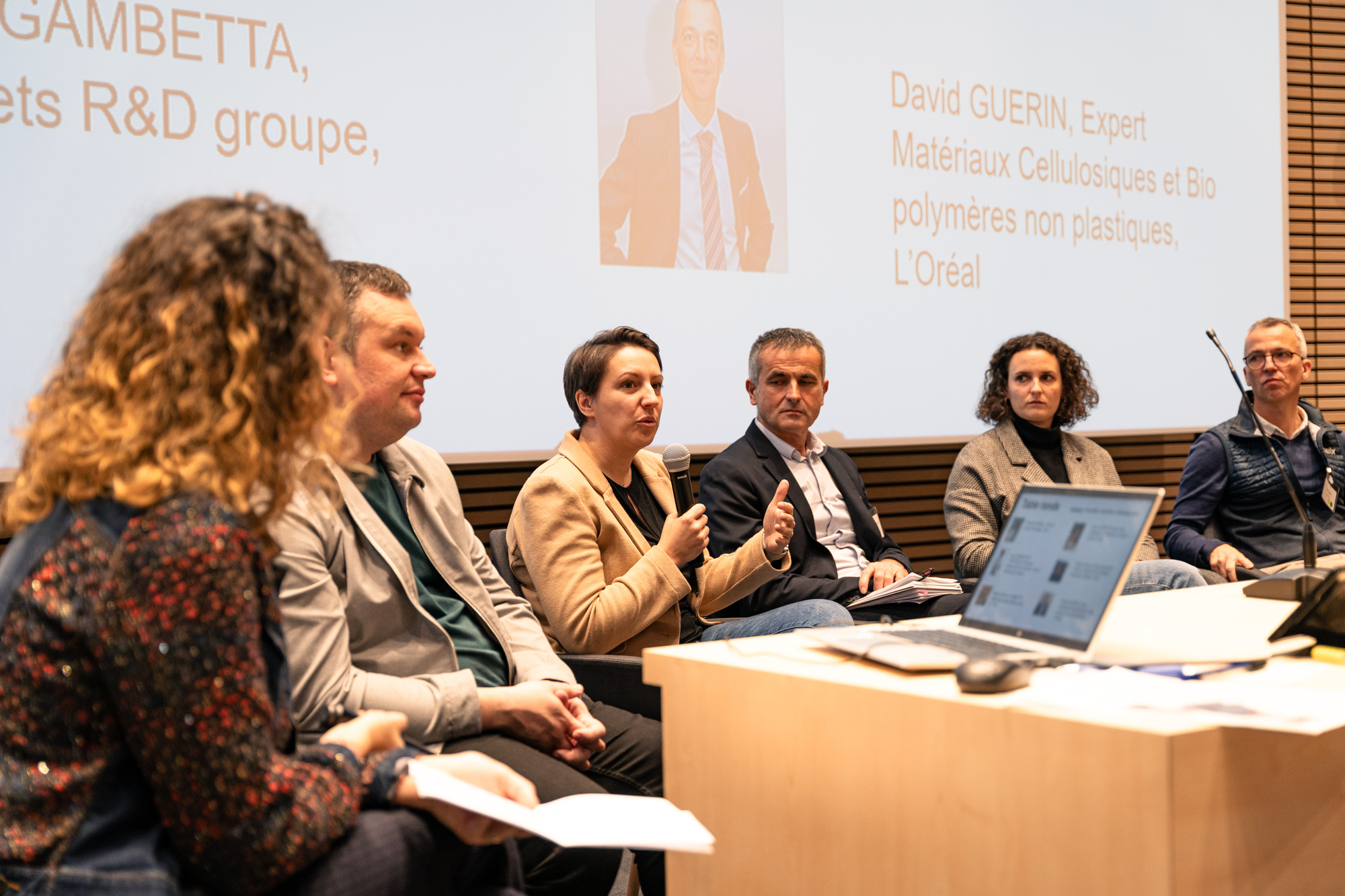
Listening
to industry stakeholders
A look back at the consultation with stakeholders closely involved in the textile industry, conducted by the co-leaders of the PEPR’s “Textiles” research area, Jannick Duchet-Rumeau, director of the UMR Ingénierie des Matériaux Polymères (IMP) and professor at INSA Lyon, and Anne Perwuelz, lecturer-researcher at the École nationale supérieure des arts et industries textiles (ENSAIT), in collaboration with Ludovic Koehl, also a professor at ENSAIT. This consultation aimed to identify the scientific barriers that will need to be addressed by research within the PEPR Recycling program.
By Jannick Duchet-Rumeau
Textiles are multi-scale materials. Fibers of different chemical natures are combined in a wide variety of fabric compositions and treated with various functional additives, such as dyes and finishes. This gives these materials a specific complexity.
The issue of recycling them can raise research questions that are common to other types of materials such as plastics or composites. However, identifying the technological barriers and therefore the scientific issues associated with textiles cannot be done without constant contact with manufacturers and stakeholders directly involved in recycling objects. Therefore, manufacturers, competitiveness clusters, technical centers, and eco-organizations were surveyed as part of the program’s Call for Expressions of Interest, which aimed to complement the work already underway within the PEPR.
Here are some of the various proposals that emerged from this consultation exercise for the recycling of post-consumer products such as clothing:
- Surface treatments on textiles intended for recycling are undeniably a critical issue for members of the Techtera cluster and the eco-organization Refashion. These coatings must be removed in order to recover the material itself. For the IFTH (French Institute of Textiles and Clothing), the broader issue of end-of-life textile materials is the presence of all pollutants or small molecules such as contaminants or PFAS-type additives, which must be addressed, as well as the search for elimination processes with the most environmentally friendly footprints, which must be prioritized.
- The complexity of textiles, which are most often composed of combinations of different materials, requires work on the separation and purification of materials, as highlighted by the Techtera cluster using the example of Elasthane® or the IFTH, with the case of the separation and delamination of multi-layer complexes. Resolving these issues will then enable the valorization of materials, including in closed loops (textile-to-textile recycling).
- All players in the sector, including the Techtera and Euramaterials competitiveness clusters and the Refashion eco-organization, are also focusing on developing decision-making tools to determine the best ways to recycle end-of-life textiles, taking into account Life Cycle Assessment (LCA) approaches. Traceability at the various stages of the supply chain and the integration of societal issues appear to be essential. Solutions are expected with the use of Artificial Intelligence tools throughout the value chain, particularly in the clothing sector.
These fruitful exchanges will undoubtedly enrich future research work in the “Textiles” axis of the PEPR Recycling program and can be shared with other areas of the PEPR when they develop similar ideas with common issues.
Photo credits: © Nuala – Flickr
More news


